As a conceptual artist, I use photography to explore who we are, how we perceive and the ways in which we live.
The photographs I create are what I call cinematic narrative photomontages, fictions meant to seem like snapshots of “reality.” The implication is that our reality is created through the limitations of our perceptions. Photomontaging allows me greater flexibility in controlling the visualization of each series’ concept. I’m not attempting to find that unique moment and then document it. What I am trying to do is conceptualize that “unique moment,” then create it photographically and give it a seamless quality that “fools” the viewer into seeing each piece as a single coherent image.
In fact, I shoot hundreds of photographs and then gather parts of some of the individual photos into a final consistent work——similar to the way our senses take in bits of information and then assemble those bits into a “coherent reality.” For many of my series, I also have a plot line that runs through the series—with plot elements developing from image to image. The way in which I work makes my process closer to a cinematographer (or a painter) then a documentarian. I tend to visualize my series with a cinematic sensibility—even story boarding at times—so each one has the drama, framing, camera angles and story sensibility you might associate with a movie.
I also develop my work with an attention to detail, inspired by my fondness for Dutch/Flemish genre painting of the 1600’s and the way they incorporated details as part of a structure of symbols giving their work a deeper meaning for those who wished to dig further. I am also an admirer of the films of Alfred Hitchcock and Quentin Tarantino, specifically the way they frame their images.
The series presented here—“The Lost Road”—was inspired by these words attributed to the ancient Chinese philosopher Lao Tzu, best known as the author of the Tao Te Ching.
“If you do not change direction, you may end up where you are heading.”
“The Lost Road” is a meticulously produced set of cinematic narrative photomontages depicting four people on a mysterious journey in a car as they become lost.
On this journey, they encounter many of what appear to be ordinary circumstances—loss of cell phone use; a hitchhiker; a deer in headlights; stray birds flying overhead and so forth—that allow their creeping sense of alienation to unfold. Will the protagonists change direction, thereby solving the mystery at the core of this journey? Or as Lao Tzu suggests, will they find that being lost is what they are most comfortable with.
As writer Sean Payne wrote regarding “The Lost Road” series, “The pictures enact a series of backward glances to certain devices common among pulp illustrators of the 20s and 30s, to film noir and melodrama; and to the road movie, where characters go in search of some promised land only to find that resolution is in the journey rather than the anticlimax of arriving.”
He goes on to note, “Diaz identifies illustrators of the ‘pulp’ magazines as influences, but its lack of masculinist orientation sharply distinguishes this work from the source material. In “The Lost Road,” the perspective is omniscient, freely moving from character to character in this fragmentary drama. Each character has a turn at the wheel, but none appears to be in control.”
With night and day coming and going out of sequence, this series is a journey with no beginning and no end—a kind of “marvelous reality” or as Alejo Carpentier (the magical realist writer) mentioned, the seizing of the mystery that breathes behind all things. [Official Website]



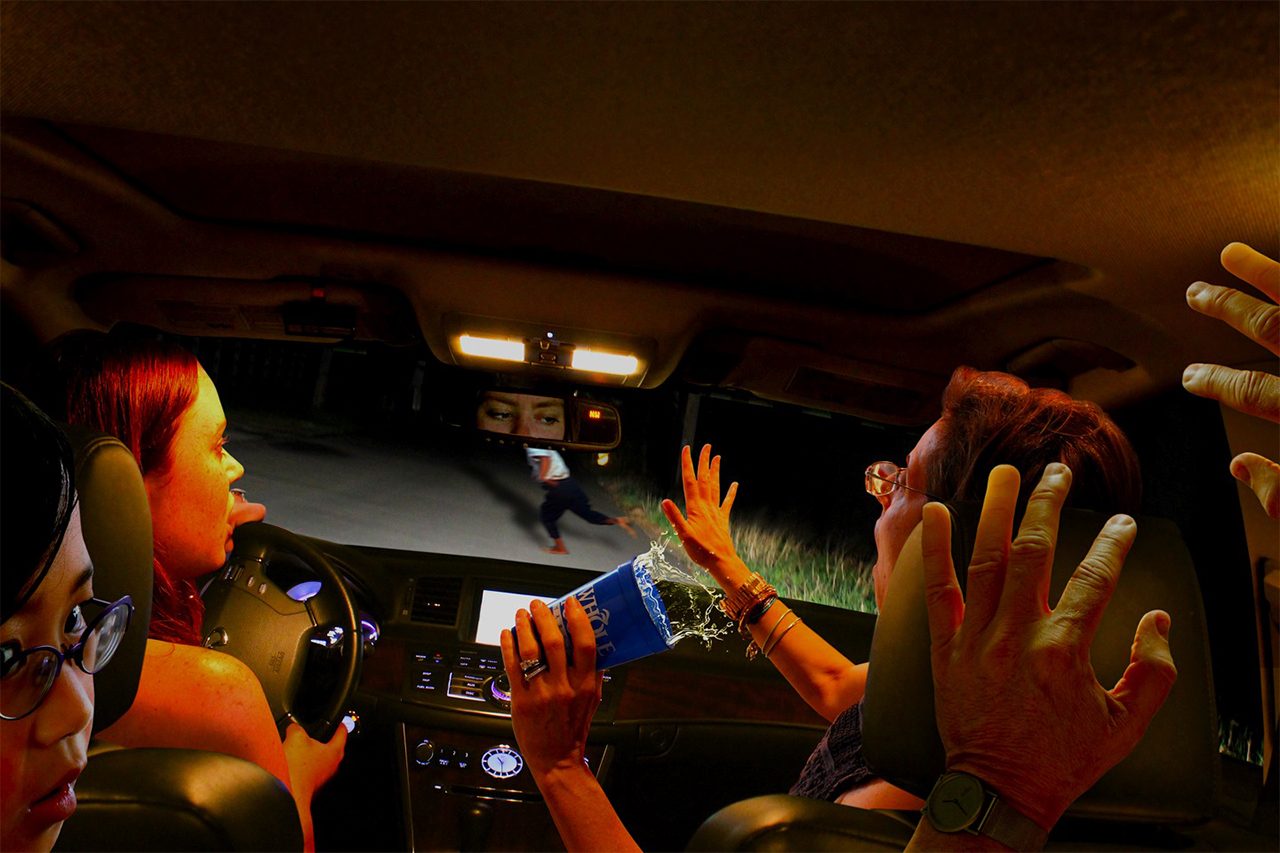

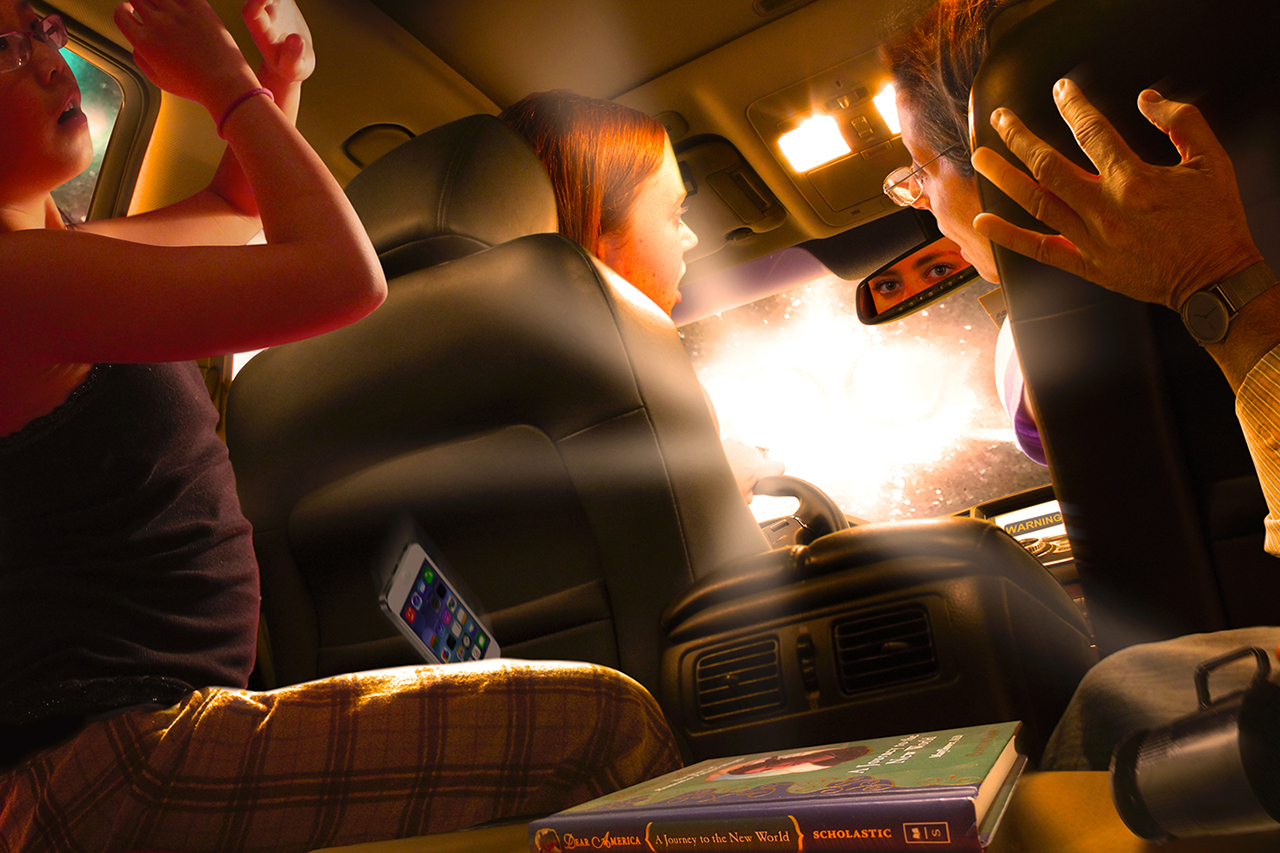
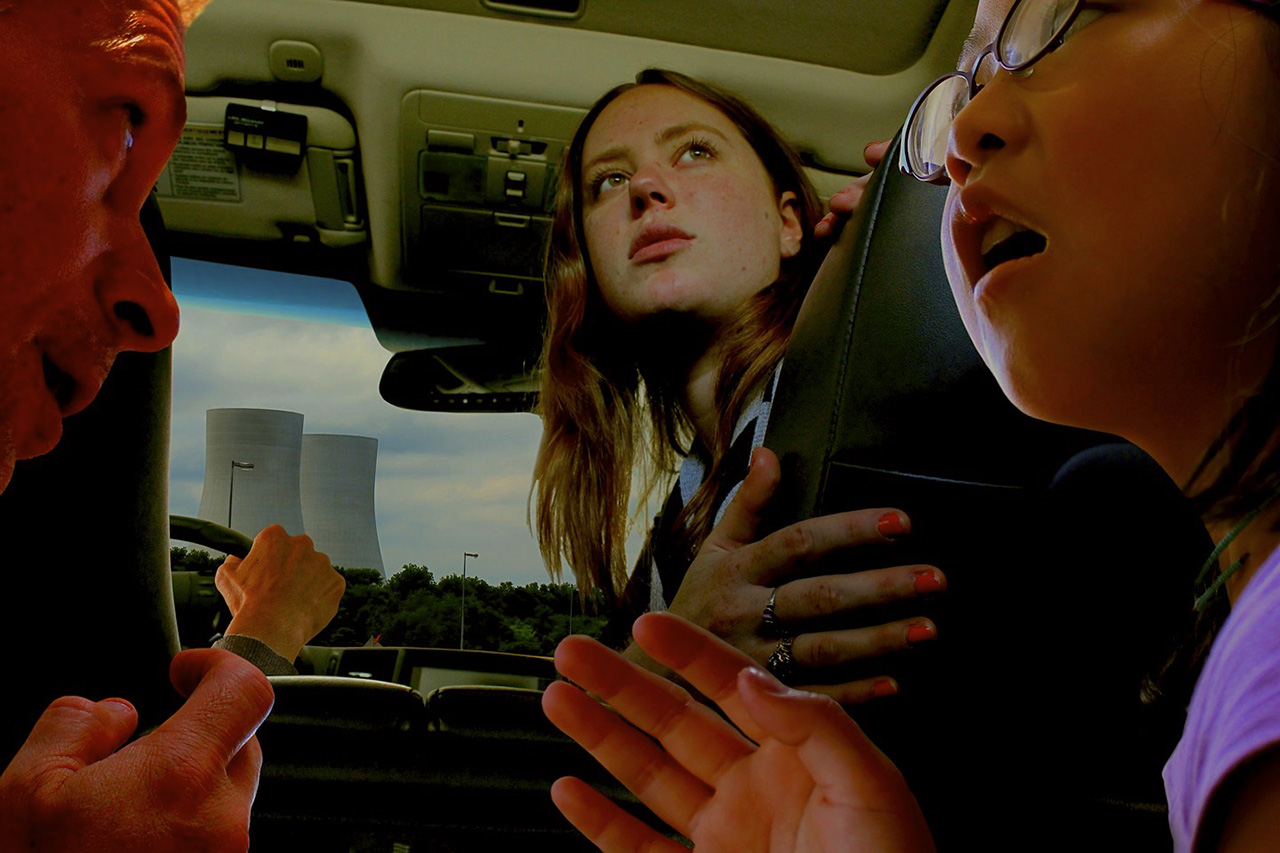
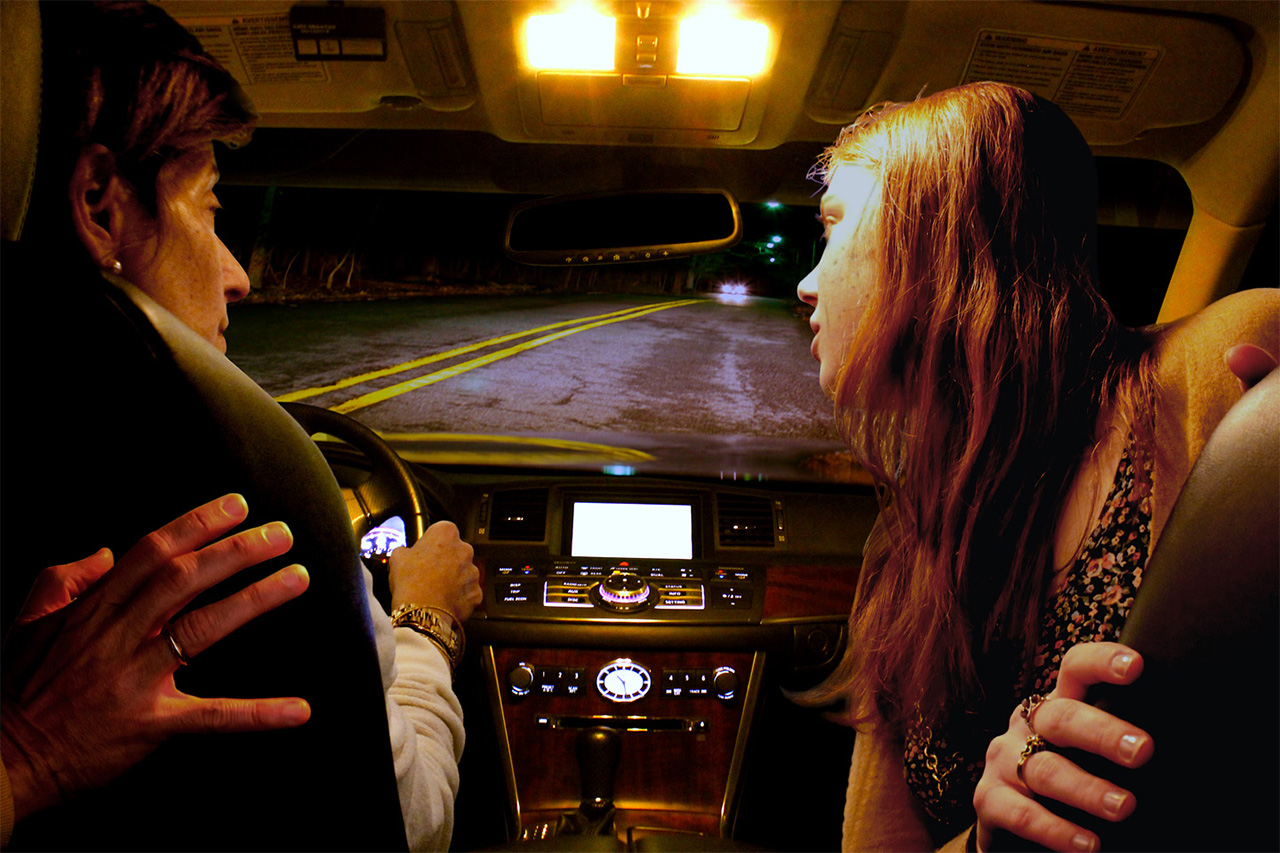
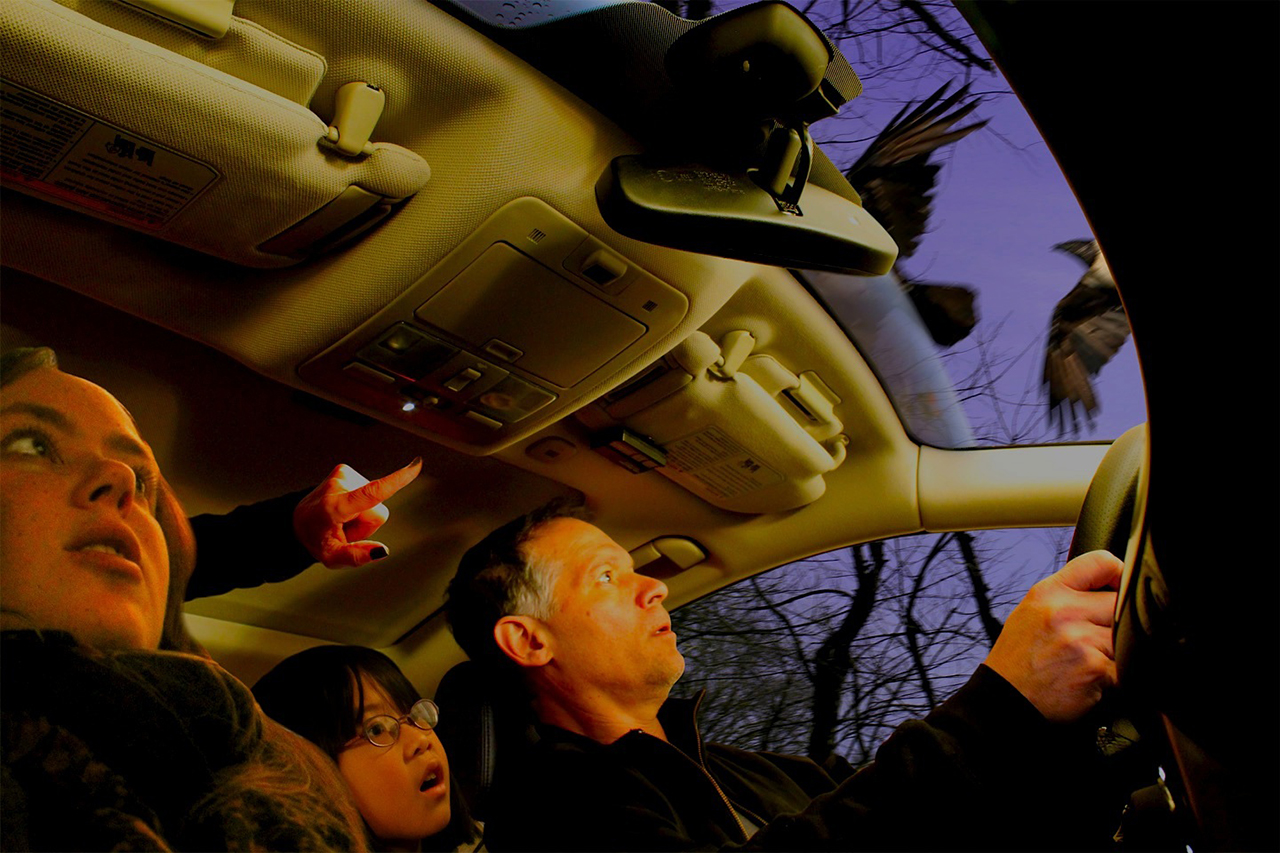
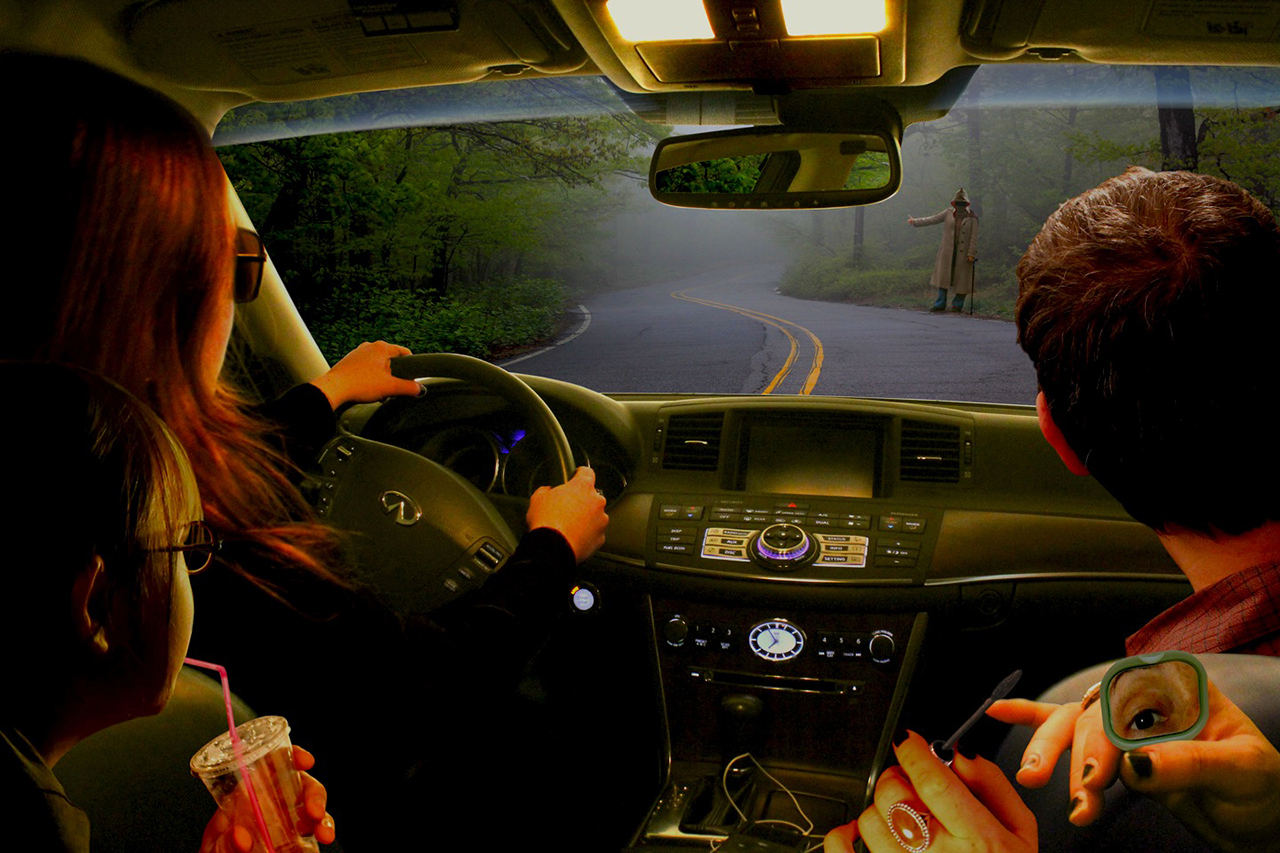
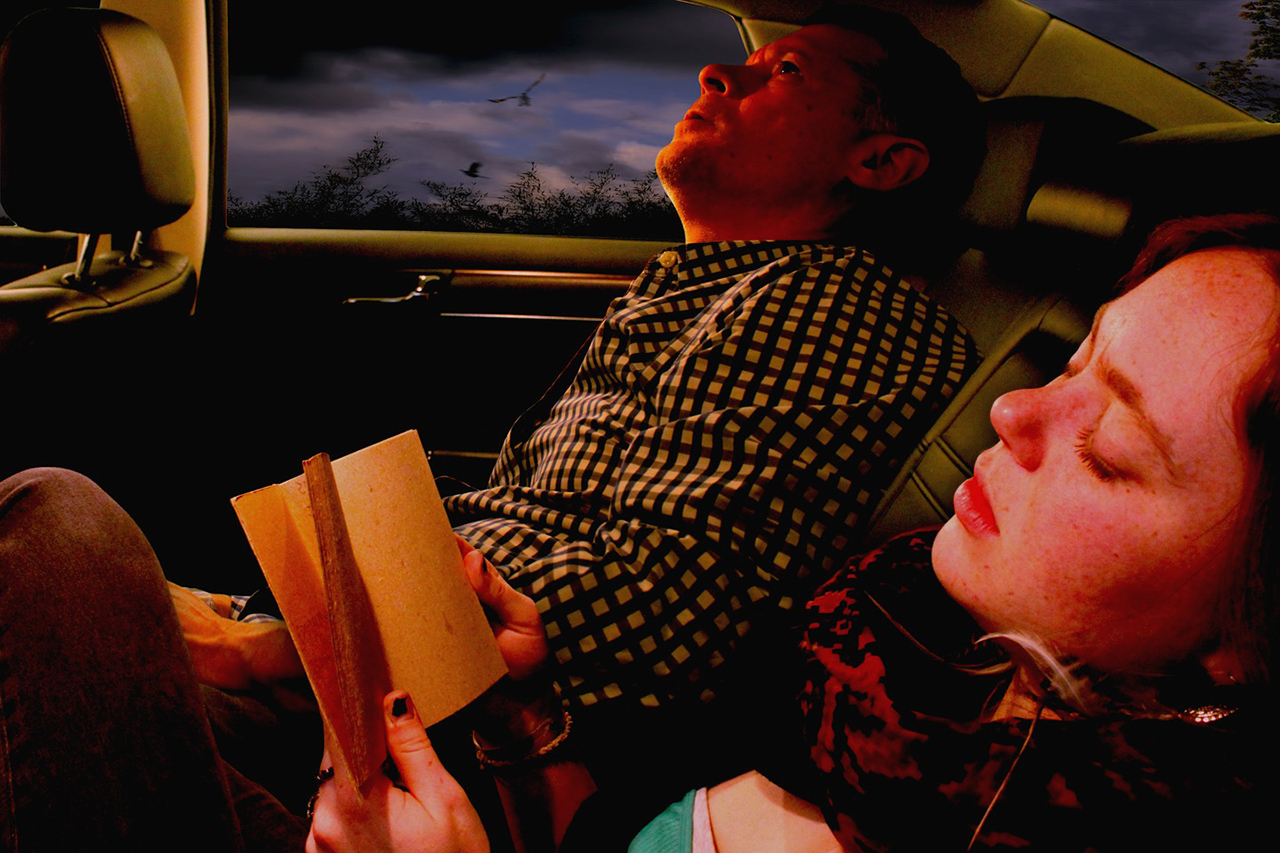
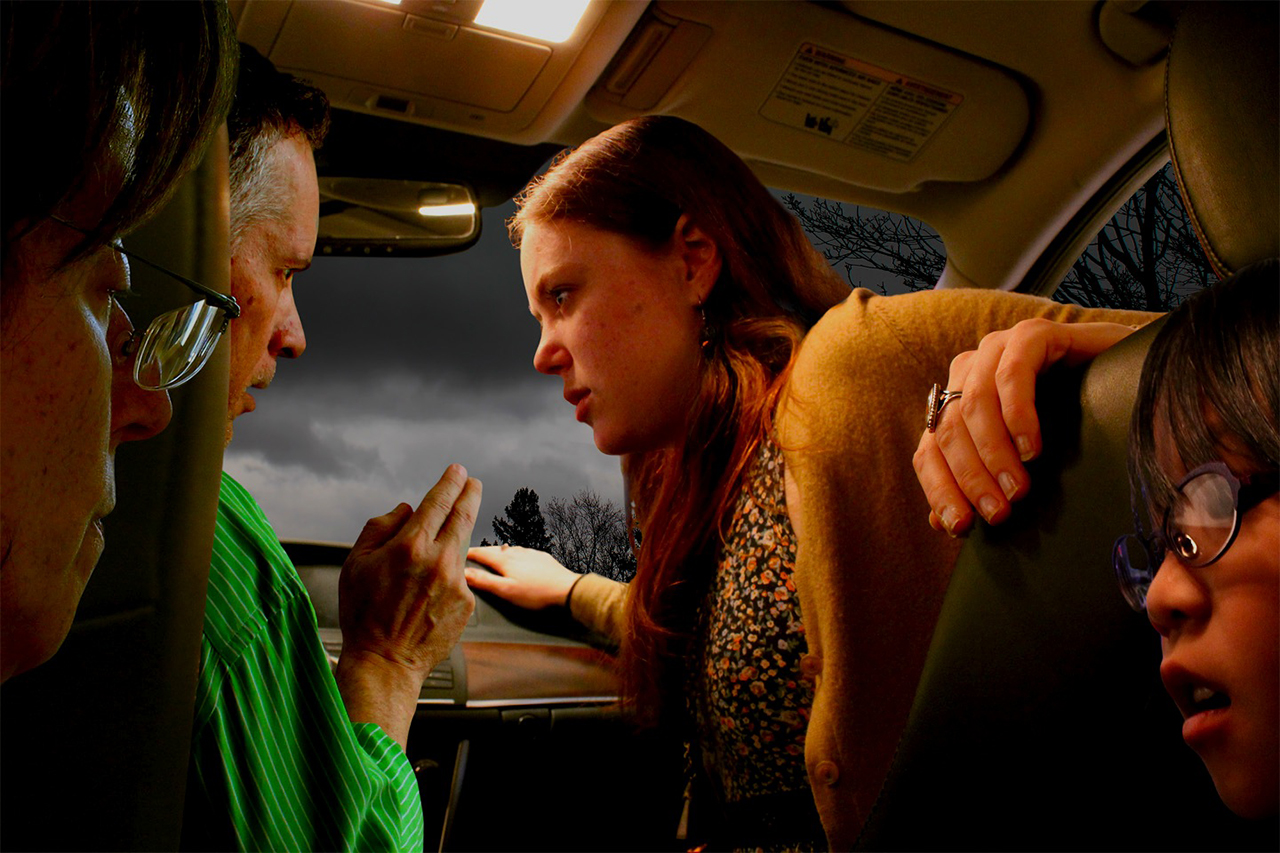
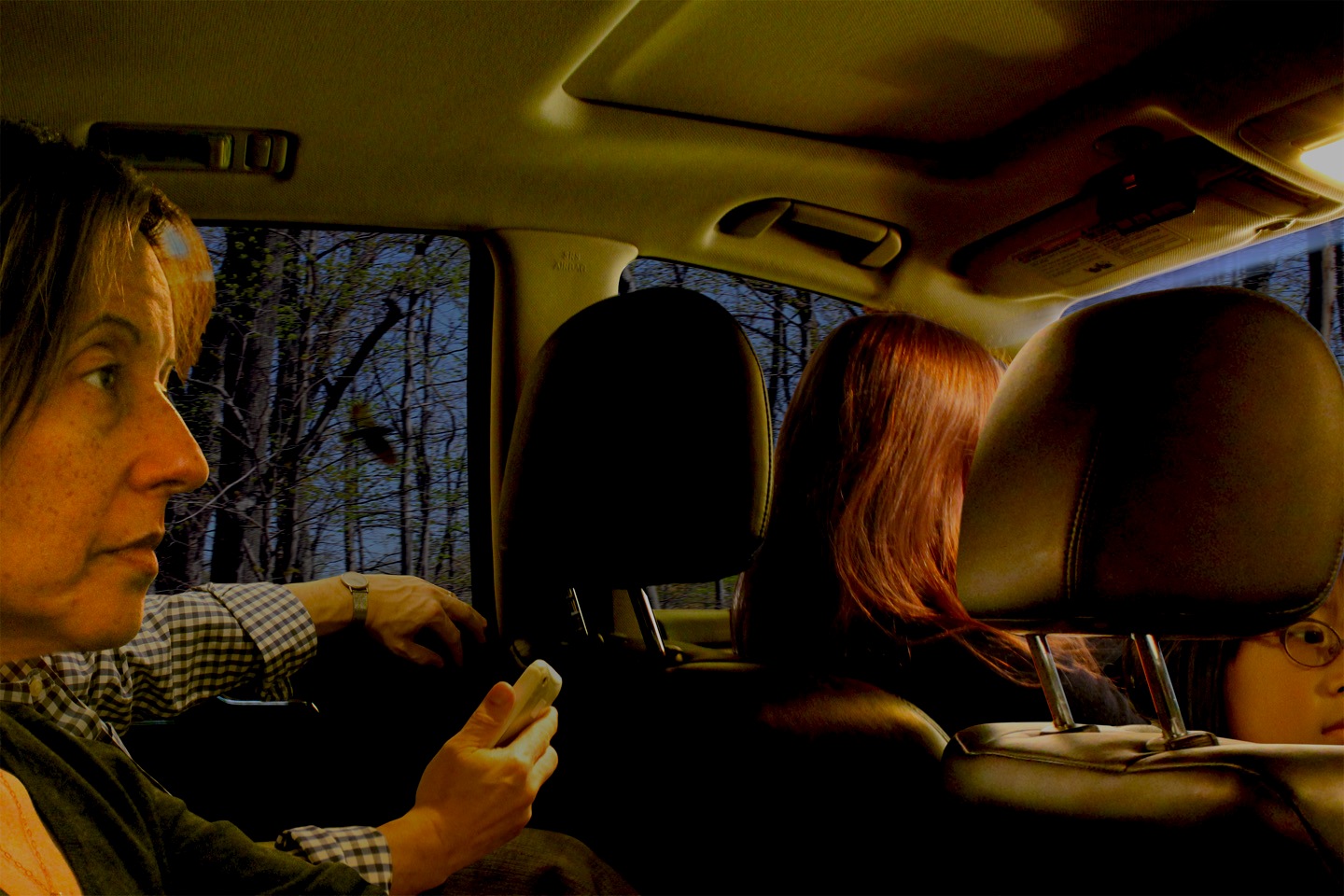
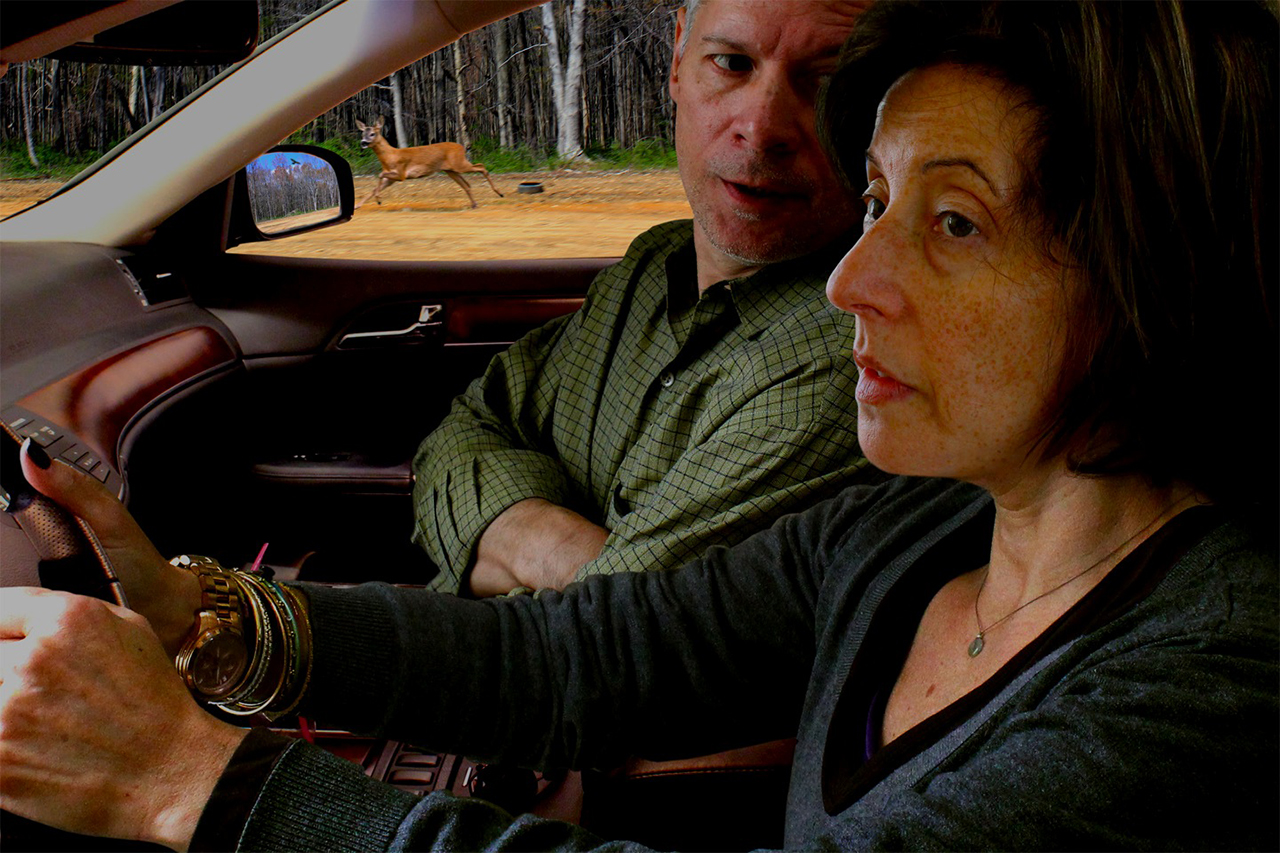
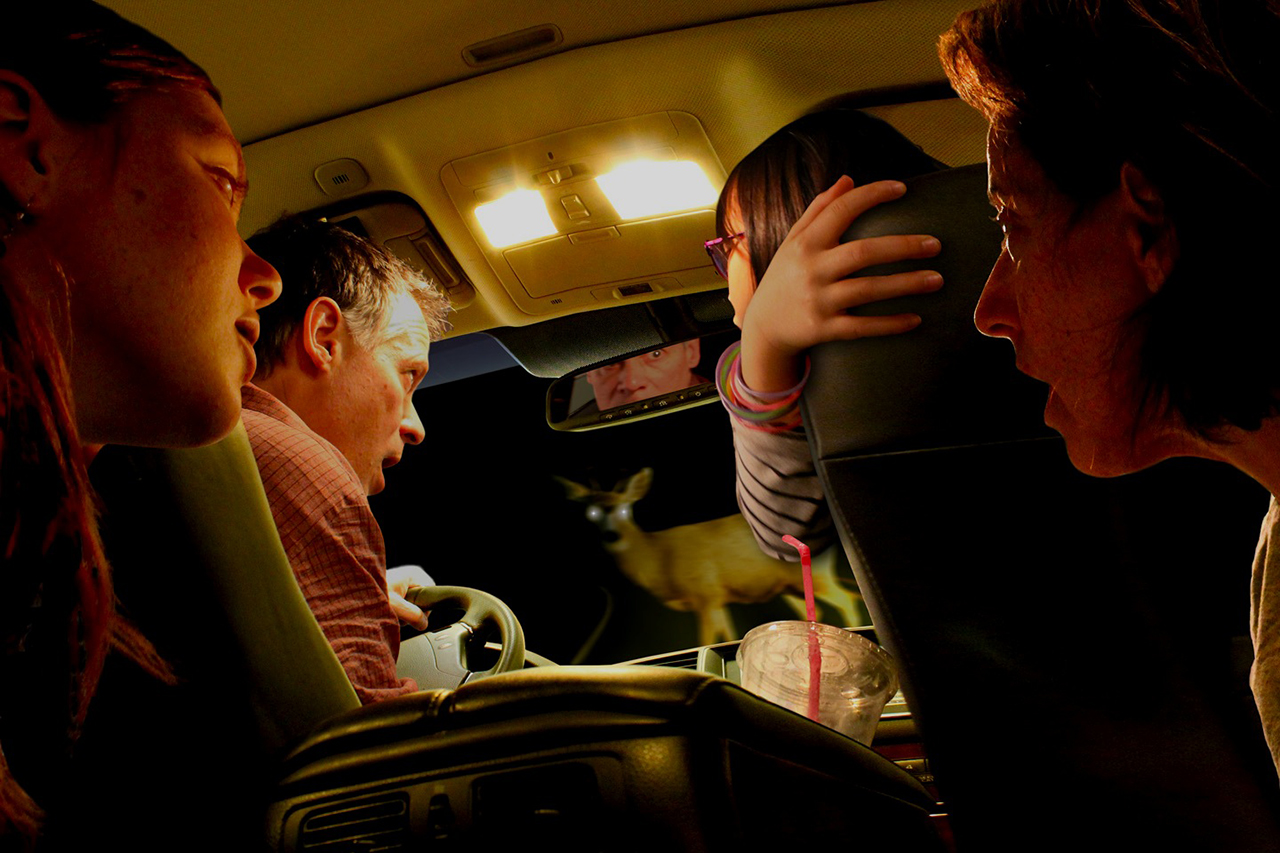




One comment
Deb Young
Jan 28, 2014 at 22:22
A visually dramatic and thought-provoking series. Both visual and written narrative is interesting and informative – completely captivating!
Comments are closed.